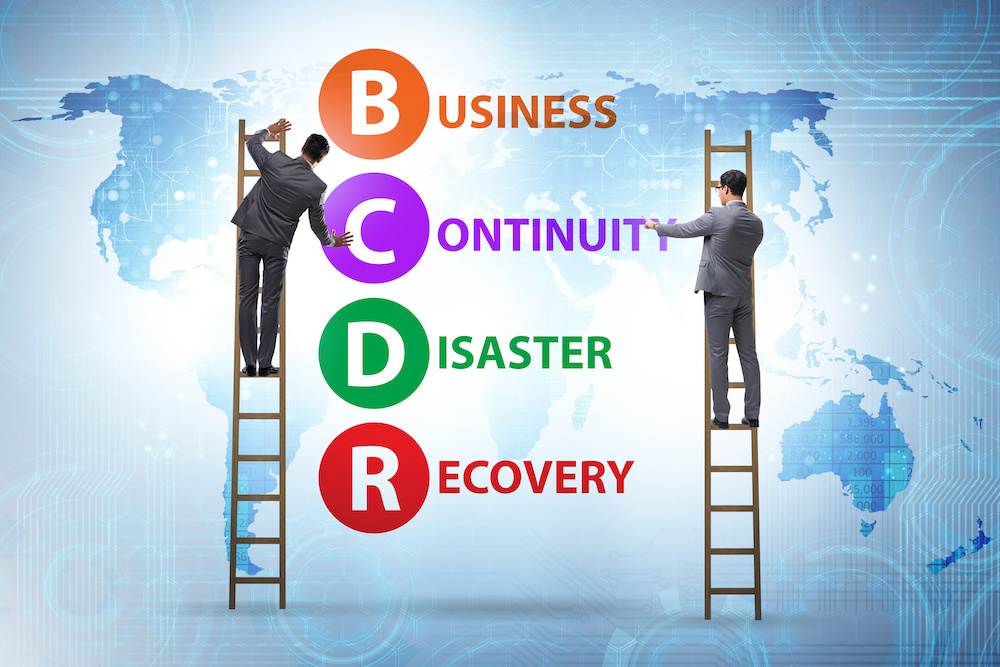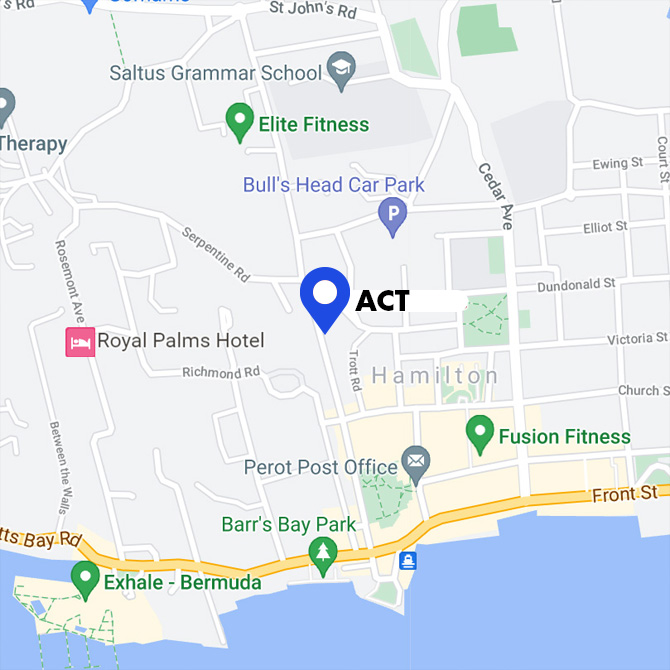Business system downtime can occur in a variety of ways like system crashes, human error, cyberattacks, and insider attacks. For business owners, these disruptions can be devastating, leading to lost revenue, damaged reputation, and frustrated customers. But by understanding the concepts of business continuity and disaster recovery—and how they work together—you can safeguard your business against unexpected interruptions.
In this article, we’ll explore what business continuity and disaster recovery mean, how they complement each other, and the role of Managed IT providers in crafting an effective IT strategy.
What is Business Continuity?
Defining Business Continuity
Business continuity refers to the comprehensive planning and preparation undertaken to ensure that a company can continue operating during and after a disaster. It is about maintaining essential functions and quickly resuming full operations.
Importance of Business Continuity
Business continuity is crucial. It minimizes downtime and ensures that critical business functions remain operational during unexpected events. This not only helps in retaining customer trust but also mitigates financial losses.
Components of a Business Continuity Plan
A robust business continuity plan includes risk assessment, business impact analysis, and recovery strategies. These components help identify potential threats, evaluate their impact, and develop actionable plans to address them.
What is Disaster Recovery?
Understanding Disaster Recovery
Disaster recovery is a subset of business continuity focused specifically on restoring IT systems and data following a disaster. While business continuity covers the entire business, disaster recovery zeroes in on IT infrastructure.
The Role of Data Backup
Data backup is a critical aspect of disaster recovery. Regular backups ensure that data can be restored to its original state, minimizing the impact of data loss. Cloud-based backup solutions are increasingly popular due to their reliability and ease of access.
Recovery Time Objectives (RTO) and Recovery Point Objectives (RPO)
RTO and RPO are key metrics in disaster recovery planning. RTO is the maximum acceptable time to restore systems, while RPO is the maximum acceptable data loss measured in time. These metrics help businesses set realistic recovery goals and align their disaster recovery strategies accordingly.
Working Together Business Continuity and Disaster Recovery
Complementary Functions
Business continuity and disaster recovery are like two sides of the same coin. While business continuity ensures the overall functionality of the business during a disruption, disaster recovery focuses on restoring IT systems and data. Together, they provide a holistic approach to managing disruptions.

Integrated Planning
Integrating business continuity and disaster recovery plans ensures a cohesive response to disruptions. This involves aligning both plans with the overall business strategy and regularly updating them to address new threats and challenges.
Testing and Drills
Regular testing and drills are essential to ensure the effectiveness of both business continuity and disaster recovery plans. Simulating real-life scenarios helps identify gaps and improve response strategies, ensuring that your business is prepared for any eventuality.
How a Managed IT Provider Can Help
Expertise and Experience
Managed IT providers bring expertise and experience to the table, helping businesses develop and implement robust business continuity and disaster recovery plans. They can assess your current IT infrastructure, identify vulnerabilities, and recommend tailored solutions.
Ongoing Support
Managed IT providers offer ongoing support to ensure that your business continuity and disaster recovery plans remain effective. This includes regular updates, maintenance, and monitoring to address emerging threats and challenges.
Cost-Effective Solutions
Hiring a managed IT provider can be a cost-effective solution. These providers offer scalable services, allowing businesses to access top-notch expertise without the need for a full-time, in-house IT team.
Final Words
In today’s unpredictable world, having a solid business continuity and disaster recovery plan is not just a luxury—it’s a necessity. These plans work hand-in-hand to ensure that your business can weather any storm, maintaining operations and protecting critical data. If you’re unsure where to start or feel overwhelmed by the complexity of IT strategy, consider enlisting the help of a Managed IT Services provider. Their expertise can make all the difference in safeguarding your business against unexpected disruptions.
By taking proactive steps today, you can ensure that your business stays afloat, no matter what challenges come your way. Don’t wait for disaster to strike—start building your resilience now.
About ACT
Applied Computer Technologies (ACT) is a full-service IT provider, specializing in Reinsurance and Finance. Services include Cloud Services, IT Services and Support, Microsoft 365 and Azure Services, Business Continuity, Telephony and Virtual CIO Services. ACT has locations in Bermuda, Cayman Islands and Canada, with customers worldwide.
For the latest industry trends and technology insights visit ACT’s main Blog page.



